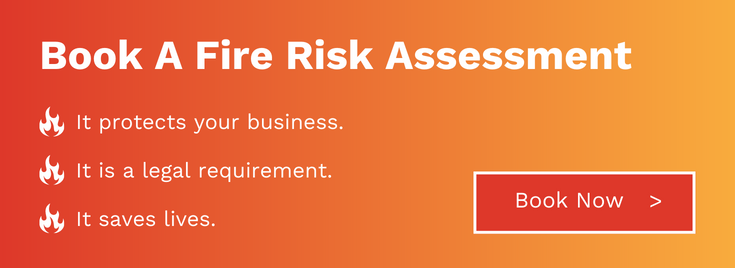Constant Flow Vs Positive Pressure RPE: Which One Should I Use?

Respiratory Protective Equipment (RPE) is often the first line of defence against harmful airborne particles, but when choosing the best RPE for your workforce, it is important to understand the differences between the available systems. Constant flow and positive pressure systems optimise worker safety and reduce risks to their health, but they are not equally suited to all conditions.
These two types of air-supplied respirators serve different purposes and offer varying levels of protection depending on the environment and the hazards present. So, what are the key differences between the two types of systems?
What Is Constant Flow?
In this article, we are focusing on air-supplied constant flow systems, in which the air is provided by an external source, not by filtration. In constant flow systems, breathable quality air is continuously supplied to a head-top or face mask, regardless of the user’s breathing needs, either from an external source such as a portable air compressor, factory air supply, or any other system that consistently delivers clean air. Air-supplied systems are often referred to as Breathing Apparatus or Breathing Air systems, whereas systems using a filter to remove hazardous substances from the air (Filtering Systems) are known as Respirators.
Constant Flow Apparatus
Powered Air-Purifying Respirators (PAPR) are often considered constant flow systems, as in a PAPR, the air is drawn through filters via a waist-mounted fan or turbo and then pushed to the user, often at a constant but adjustable flow rate. In an air-supplied constant flow system, the air may come from a compressed airline system, “hanger” or “factory air”. Factory air is not normally designed or intended for use as breathing air so this will usually require some filtration and purification. It is critical that breathing air is tested to ensure its effectiveness, both in terms of quality - is it safe to breathe - and quantity - is there enough of it? This too provides a constant flow of air to the user and for this reason, the quantity of air supplied is critical in ensuring the user is properly protected.
These systems generally offer lower levels of protection compared to positive pressure systems because the wearer can potentially inhale at a higher rate than the constant flow being supplied, creating a risk that contaminants could be drawn into the mask if the airflow isn’t sufficient.
What Is Positive Pressure?
Positive pressure respirators maintain a pressure inside the breathing zone (the area immediately around the nose and mouth) that is higher than the surrounding ambient air. The pressure differential ensures that if leaks occur, then any air movement will be outwards, preventing contaminants from entering the breathing zone. These systems have a variable air flow, which is determined by the wearer’s breathing rate; they are designed to meet the user’s breathing demands, increasing the airflow during high-demand situations or when leaks occur, thereby providing higher levels of protection.
Positive Pressure Respirators
Positive pressure systems usually provide the highest levels of protection. Examples include self-contained breathing apparatus (SCBA), which are used in high-risk environments, such as areas with toxic gases or oxygen deficiency, and high-demand compressed airline systems. These systems are essential in hazardous environments where the highest level of respiratory protection is required. Positive pressure systems usually include a tight-fitting face mask; a good seal to the face is required if positive pressure is to be achieved. Loose-fitting headtops are usually used as part of a constant flow system, as with a loose fit, it is not possible to achieve significant positive pressure within the breathing zone (around the nose and mouth of the wearer).
Which System Should I Use?
The choice between constant flow and positive pressure RPE depends on the specific hazards and risks of your working environment. For lower-risk settings, a constant flow system might suffice but for high-risk environments with toxic levels near or at those classed as Immediately Dangerous to Live or Health (IDLH) or where there is a risk of deficient oxygen levels, positive-pressure respirators provide superior and more appropriate protection. The level of protection will be achieved by the whole system, not just the air supply source. For example, some PAPR systems provide a different level of protection depending on the headtop assembly in use, even if the same turbo unit is used. Always assess the hazards present and consult safety guidelines to select the appropriate RPE for your needs. More information can be provided by local authorities, in the UK HSG53 provides support in the selection of suitable RPE.
Find Out More
For more information about our range of respiratory protective equipment or for expert advice about which system will most effectively meet your needs, please contact us today.

